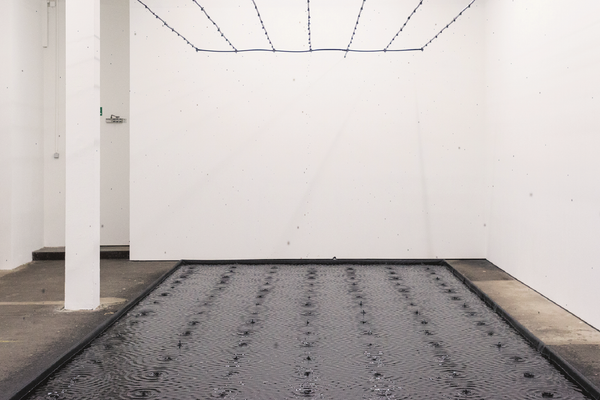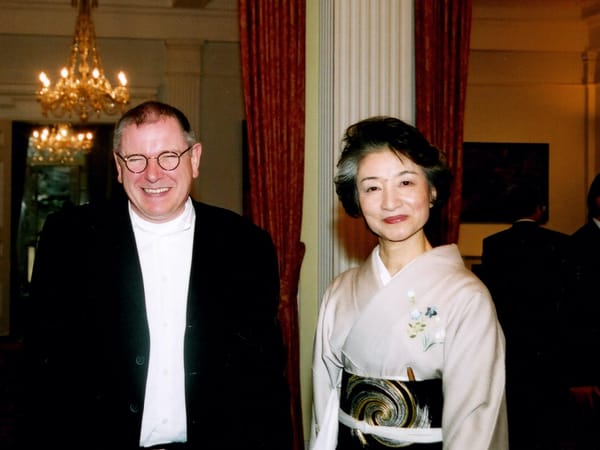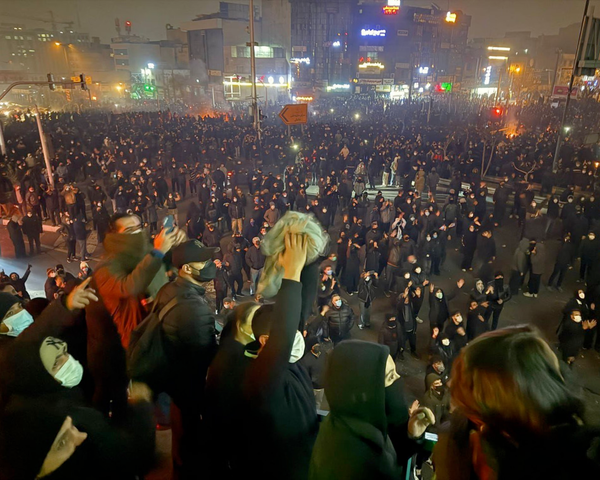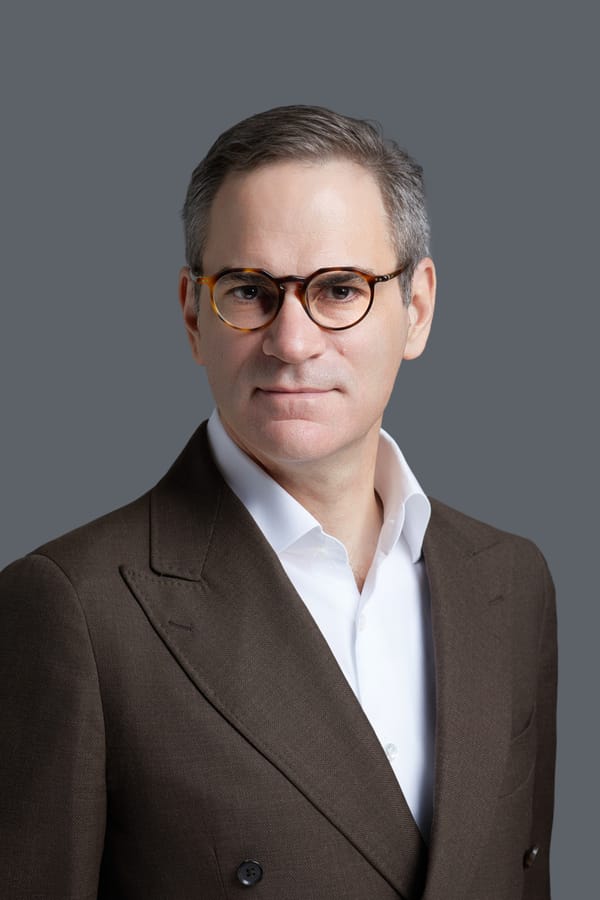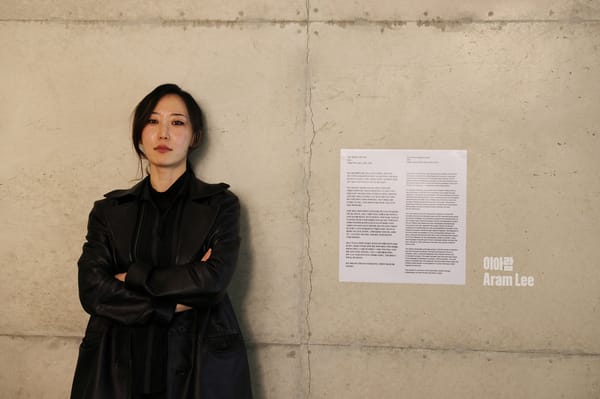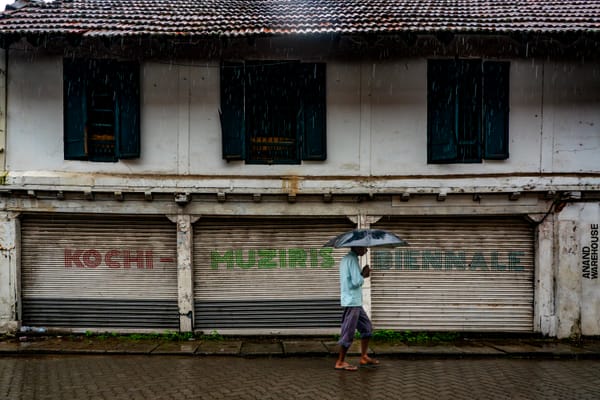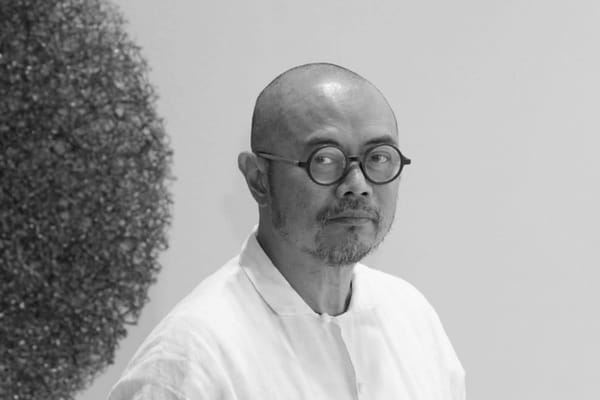News
Asian Art Museum Removes Bust Of Racist Founder


San Francisco’s Asian Art Museum, in response to activists' demands that it discard the bust of founder Avery Brundage, has removed the sculpture from the museum's entrance foyer, where it has been positioned since 1972.
The museum’s decision follows public scrutiny concerning Brundage’s past as a white supremacist and anti-Semite. According to The New York Times, when the museum posted a message in support of Black Lives Matter on its Instagram on May 31, artist Chiraag Bhakta questioned it for its “mixed message” as it keeps the bust of a “Nazi sympathizer” at its entrance. On June 10, Jay Xu, the museum’s first Chinese-American director, announced during a biannual board meeting that the bust will be removed from the public space and put into storage.
The Asian Art Museum was founded in 1966 when Brundage donated his collection of Asian artworks to the city of San Francisco. An engineer who accumulated wealth from his constructions, Brundage also served as president of the International Olympic Committee (IOC) from 1952–72. Decades earlier, in 1936, as the leader of the United States' representation at the Olympics, he overturned committee motions to boycott the winter and summer games in Nazi Germany, instead insisting that “the games must go on,” reportedly as a result of bribes from Hitler who allegedly promised him business contracts. In the same year, Brundage also forbade two Jewish-American athletes from partaking in the games. In 1968, as president of the IOC, he expelled African-American Olympians Tommie Smith and John Carlos after they publicized support for the Civil Rights movement by raising their fists in the black-power salute while on the medal podium after the mens 200-meter final.
In an open letter published to the museum’s website on June 4, Xu wrote that “Avery Brundage . . . espoused racist and anti-Semitic views,” and that the museum has “removed his name from museum initiatives but have yet to address this history in a fully open and transparent way. Only by publicly condemning Brundage’s racism and examining the foundation of our museum can we become an even greater source of healing and connection.” Xu continued, the museum “is still learning how we can nurture the kind of intersectionality that allies us to larger movements and promote change from within our own institution.”
The Asian Art Museum is the largest institution in the United States exclusively holding Asian art with more than 18,000 pieces, nearly 8,000 of which came from Brundage. Brundage’s interests rose following a 1936 visit to a Chinese art exhibition at London’s Royal Academy, and he reportedly based the majority of his collection on confiscated stock from Japanese-American dealers during World War Two. Xu pledged that the museum would examine how Brundage acquired the works and probe into questions of provenance and restitution.
Many museums have recently been prompted to reckon with calls for the decolonization and restitution of their collections as the Black Lives Matter movement at large has received more traction due to increased public awareness about police and vigilante killings of African-Americans in the US. This has led to renewed emphasis on analyzing the history and perpertuation of systemic racism against all communities of color and other minorities. New York’s Metropolitan Museum of Art has also affirmed commitment to the deconstruction of racial injustices that lie within its own collections, after writer Anisa Tavanger sparked conversations on the primitivist and colonialist curatorial approaches found in the museum’s Department of the Arts of Africa, Oceania and the Americas.
Jae Lamb is an editorial intern at ArtAsiaPacific.
To read more of ArtAsiaPacific’s articles, visit our Digital Library.
